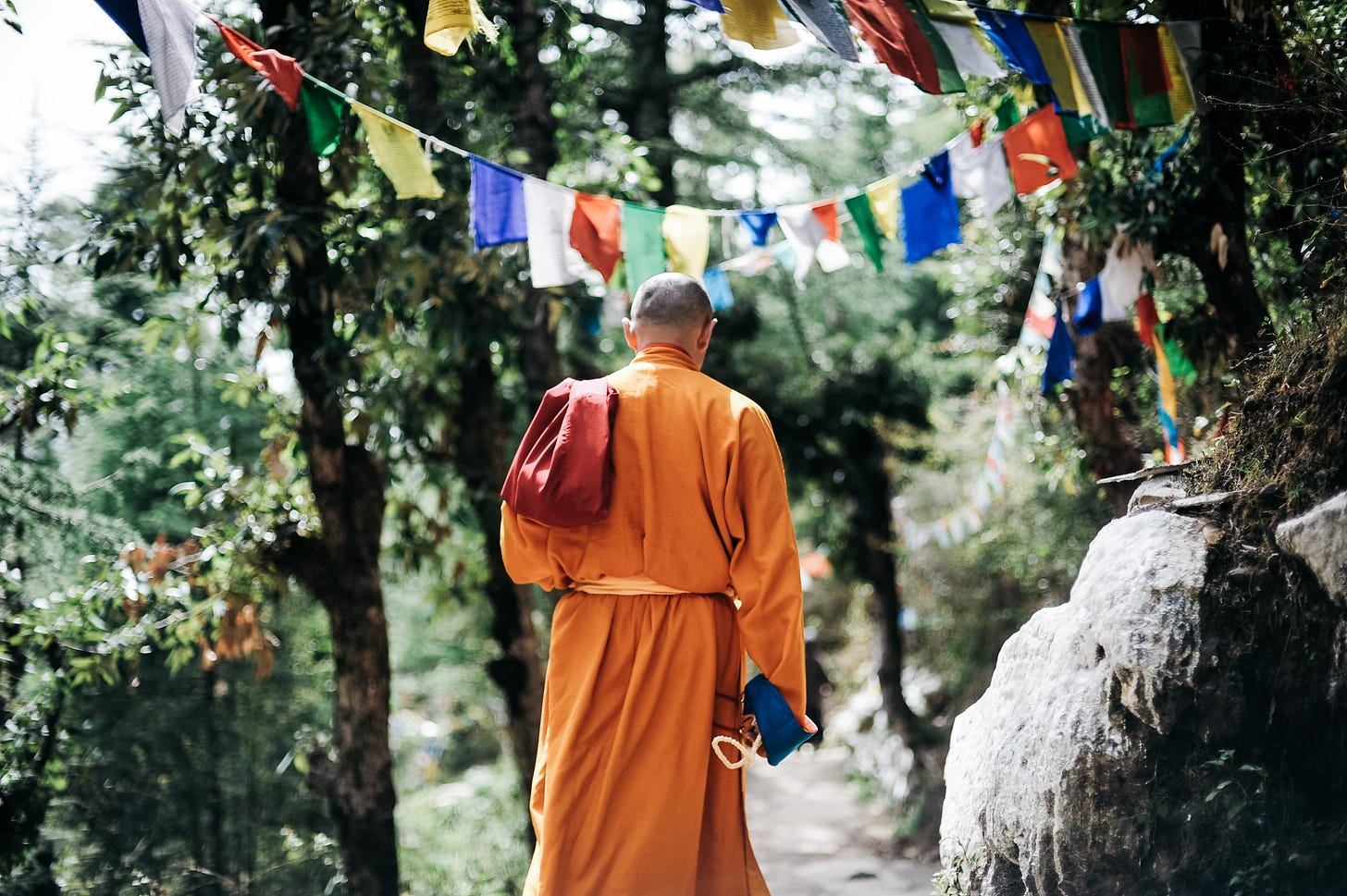Bridging the Gap Between Anger and Mindfulness: A Buddhist Perspective
From a young age, boys are often taught that strength and power are qualities they should embody. Emotional expression, sensitivity, vulnerability, or any qualities considered ‘weak’ are often discouraged. As a result, anger becomes one of the limited emotions deemed acceptable for them to display.
I started reading a book called Anger by Thich Nhat Hanh, a Vietnamese Buddhist monk renowned for his peace-building efforts and spiritual leadership. With over 100 written books, he has guided numerous individuals in embracing non-violence and mindfulness – the practice of bringing one’s attention to the present moment in a non-judgmental way – as tools for personal and societal transformation. Additionally, he established Plum Village, a mindfulness center for the monastic community in Southwestern France.
Throughout the book, I find myself intrigued by Thich Nhat Hanh’s profound Buddhist approach to anger. One story that resonates with me is about a young boy who sought solace at Plum Village one summer. Hurt by his father’s outbursts and name-calling, the boy hoped for a different path. At Plum Village, he would practice mindfulness.
The following summer, the boy returned with his sister. One fateful day, his sister fell off her hammock, which caused her to bleed. At that moment, the boy felt the energy of anger arising. While tempted to unleash his anger upon his sister, he decided to take a different approach. The seeds of mindfulness had urged him to pause. He practiced mindful breathing and mindful walking, which grounded himself in the moment.
I found this story powerful because the young boy recognized that the habit energy of anger was transferred from his father to him. Instead of continuing the cycle of anger, he used mindfulness to break it.
By using mindfulness as his guiding light, the boy fostered an awareness of his thoughts, feelings, and patterns of reactivity. It allowed him to approach his anger with a non-judgmental lens, a core principle of mindfulness itself. Thich Nhat Hanh emphasizes the importance of avoiding a simplistic view that mindfulness is good and correct while anger is evil and wrong. Instead, he encourages us to recognize anger as a negative energy and mindfulness as a positive one. Through this lens, we can harness the power of mindfulness to care for the unpredictable energy of anger.
Or in other words, as Thich Nhat Hanh beautifully describes, the energy of mindfulness is like “a big brother, big sister, or a mother, holding the younger one in her arms, taking good care of the suffering baby, which is our anger, despair, or jealousy.”
I am grateful to Thich Nhat Hanh and his teachings, as they have provided me with a framework to conceptualize anger and navigate it wholeheartedly. Regardless of our spiritual or philosophical traditions, I believe this Buddhist teaching can be used by everyone to transform our relationships with anger. Imagine what extraordinary future could await the children of tomorrow if we collectively harnessed the power of mindfulness in the face of anger.



Using mindfulness to navigate disempower anger is one effective approach, but I think there is another option, and that is transmutation. The basic idea is to take the anger, recognize the energy behind it, and then use it towards something productive.
For example, there’s a lot I wanted from my parents that I didn’t get, and there are times I find myself angry about it. Of course, being mad at them doesn’t make much since because there’s nothing that can be done about it. So every time that energy stirs I turn and ask how I can give my kid what I didn’t get but, at some level, continue to ache for.